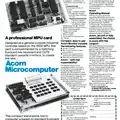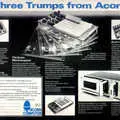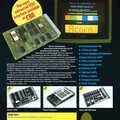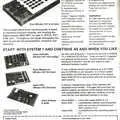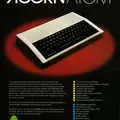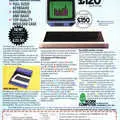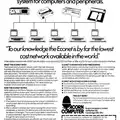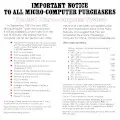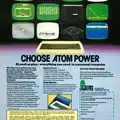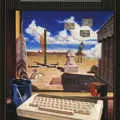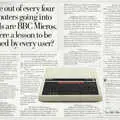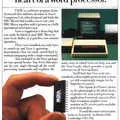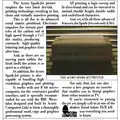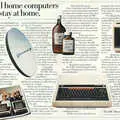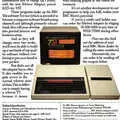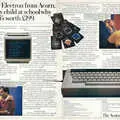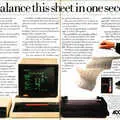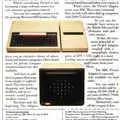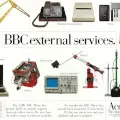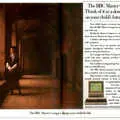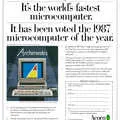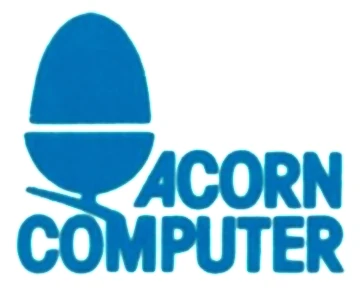
Acorn Advert - August 1981
From Practical Computing
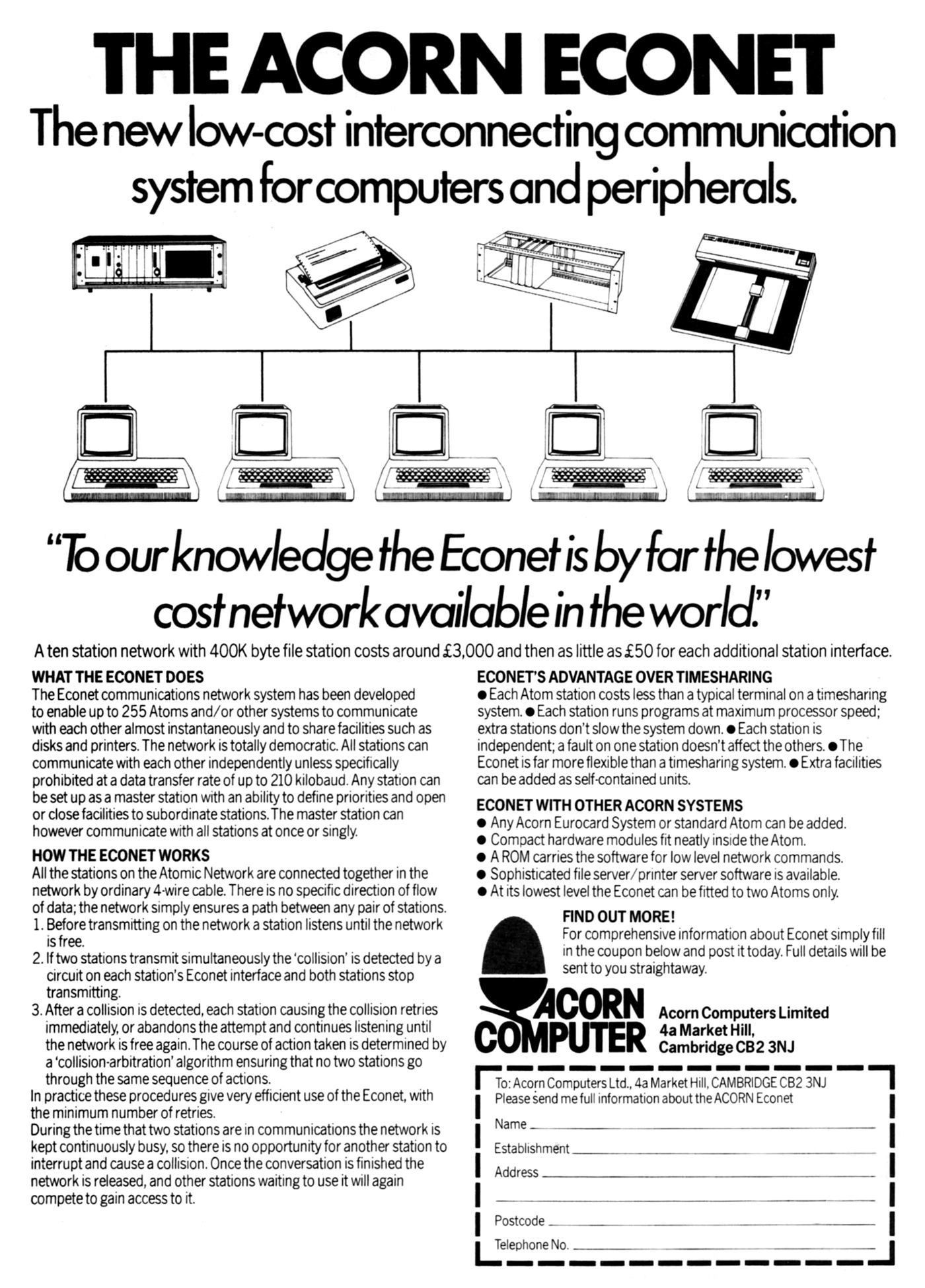
The Acorn Econet: the new low-cost interconnecting communication system for computers and peripherals
Here's a rare advert for Acorn's Econet - an affordable network using cheap four- or five-wire cabling (instead of the coaxial cabling found on some other networks) and which could support up to 255 nodes per network running at 210kBaud, which assuming it didn't use fancy modulation equates to around 210kbps.
Signalling was based on the common RS-422 standard, and the network could support station separation of up to an impressive 1,000 metres[1].
Although much cheaper than Ethernet, it did use a similar "carrier sense multiple access" protocol used by early Ethernet implementations, creating what was often called a "democratic" network where a device would listen until the network was free before establishing a connection with whatever remote station it wanted.
The general idea was that there would be a dedicated File Station server, which would be either an Acorn System 3,4 or 5, or an Atom with an external disk drive.
One of the jobs of the server was to generate a clock signal for the entire network, although before long Acorn separated this out from the interface cards and provided it as its own dedicated device known as the Clock Box, meaning that networks could be set up without a File Station.
There could also be a dedicated print server, with the rest of the nodes on the "Atomic Network" assumed to be Acorn Atoms.
Econet was first specified in 1980, and was developed for the Atom in 1981. It became popular in schools, and remained supported by Acorn throughout most of its history - later models such as the BBC Micro came with Econet connectors as standard - until it was effectively obsoleted by Ethernet and TCP/IP.
It was even available on a few competitor micros, including the Nascom 2 and arch-rival Research Machines' 480Z, however Acorn was not very good at selling itself and once refused a request from Commodore to licence the technology, even though it was desperate to crack the US market[2].
A ten-station network with 400K of storage (essentially a networked floppy disk drive) cost around £3,000, or about £16,100 in 2025 money, with additional interfaces available for £50 (£260).
Date created: 17 July 2025
Last updated: 18 July 2025
Hint: use left and right cursor keys to navigate between adverts.
Sources
Text and otherwise-uncredited photos © nosher.net 2025. Dollar/GBP conversions, where used, assume $1.50 to £1. "Now" prices are calculated dynamically using average RPI per year.
